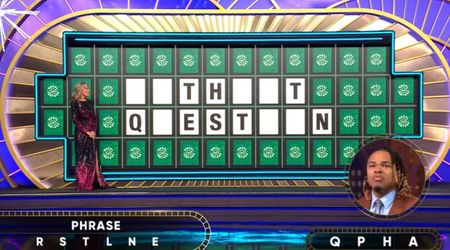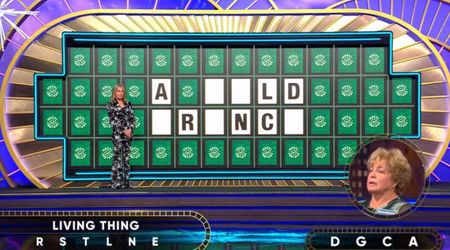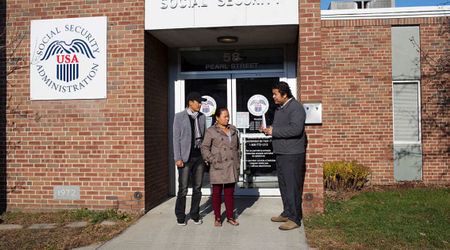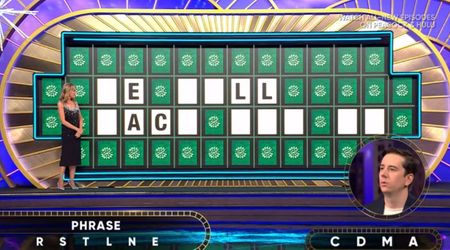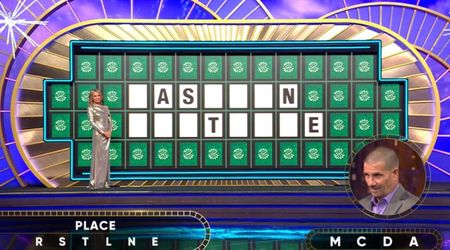Watch out for These Red Flags to Know When it's Time to Quit Your Side Hustle

Red flags that show your side hustle isn't working

At a time when people have the need as well as a requirement for an extra income to make ends meet amidst economic uncertainty and remote working opportunities, many individuals turn to side hustles. However, recognizing the warning signs that indicate when it may be time to reassess or let go of a side job is essential for safeguarding one's well-being and maximizing productivity. In order to minimize losses and use time and resources for something more productive, it's better to know when to walk away. Here are critical indicators outlined by industry experts that signal when a side hustle may no longer be worth your time, energy, and resources.
1. Burnout

One unmistakable indicator of burnout in your side hustle is a dwindling sense of enthusiasm and excitement. According to Keith Donovan, a startup advisor and the founder of Startup Stumbles, this phenomenon is commonly referred to as passion fatigue. "In my early days, I once advised a young entrepreneur juggling a 9 to 5 job and a food delivery service side hustle. He was passionate about gourmet food but, over time, grew resentful of his own venture. When your side hustle feels more like a chokehold than a passion project, alarm bells should ring," he advises.
2. Too Many Sacrifices

Side hustles frequently demand sacrifices, ranging from missing family dinners and social events to sacrificing precious sleep, as noted by Donovan. "It’s essential to weigh these sacrifices against the tangible and intangible rewards," he says. If the sacrifices outweigh the benefits, reconsidering the side gig becomes imperative.
3. Inconsistent Performance

Dennis Sanders, the founder and CEO of the renowned e-commerce platform Burning Daily, highlights the significance of consistency in a side hustle. "If the workload, client base, or project flow fluctuates unpredictably, it may suggest that the side hustle fails to offer a stable and sustainable income source," he suggests. Whether the inconsistency arises from seasonal fluctuations, varying time commitments, or other factors, it can hinder the reliability and effectiveness of the side hustle. Furthermore, a lack of consistent performance poses challenges in maintaining financial stability and may necessitate a reassessment of the viability of the endeavor.
4. Prioritizing Personal Health

"If your health is taking a beating due to your side hustle, no amount of money is worth it. I’ve seen driven individuals, brimming with ideas, burn out because they didn’t prioritize their well-being," Donovan advises. "I’ve come across numerous entrepreneurs who, after facing initial hurdles, pivoted or fine-tuned their approach. Others decided to let go, taking their invaluable experiences into new ventures or jobs. It’s never truly a loss, it’s a lesson," he adds.
5. Balancing Priorities

Max Wesman, COO of GoodHire, highlights that a clear indicator your side hustle isn't worthwhile is when it hinders your performance at your primary job. "If you don’t see any measurable success or visible progress over an extended period, it’s a red flag. It’s critical to have measurable success indicators and benchmarks. The absence of growth in these areas could signal the need for a change," he adds.




